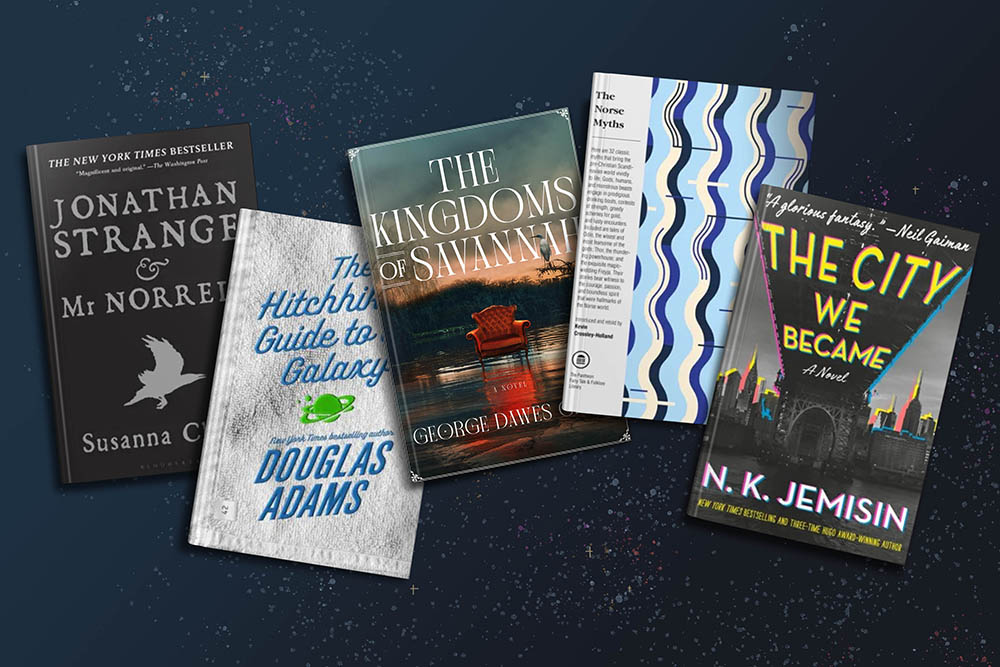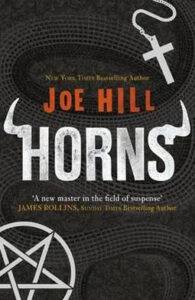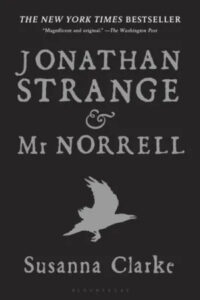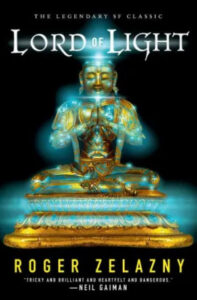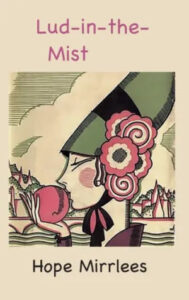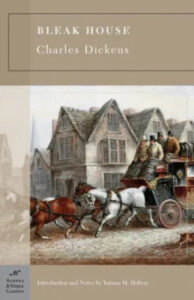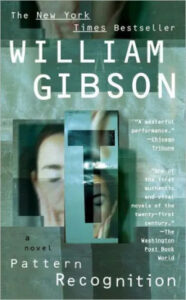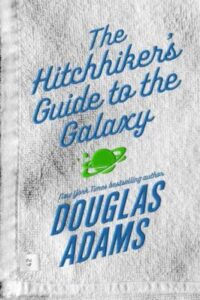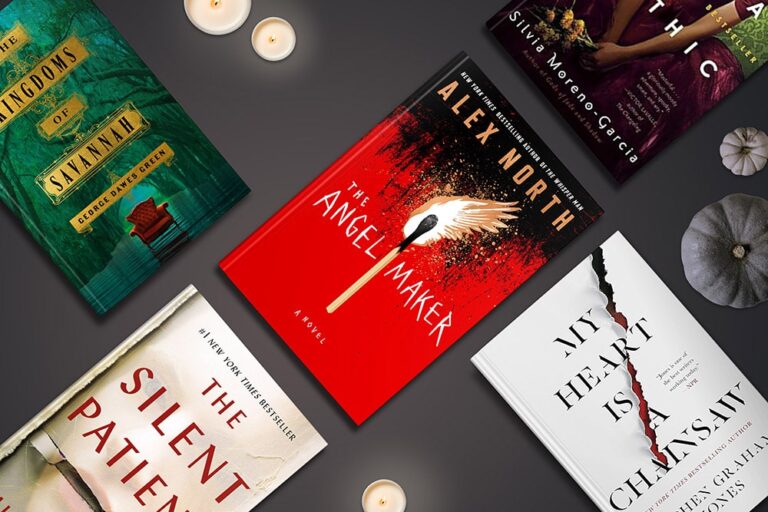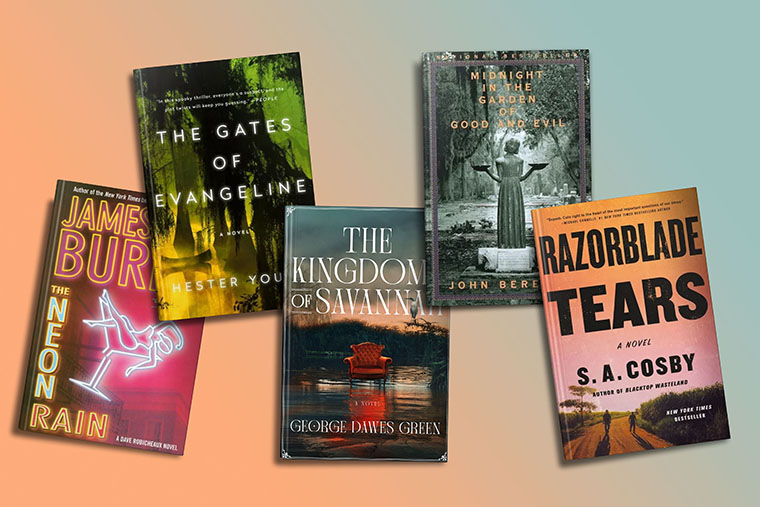Hugo Award–winning author Neil Gaiman is one of the top fantasy writers working today. Not only has the pioneering artist written across multiple mediums and genres — beginning as a journalist before moving into comics, graphic novels, children’s books, speculative fiction narratives, and fantasy film and television — he’s also a voracious reader who credits his literary success to the librarians who fostered his passion for books.
Whether you have a dog-eared copy of American Gods on your nightstand or you just binged The Sandman on Netflix, you’re sure to find something wondrous on our list of books recommended by Neil Gaiman.
